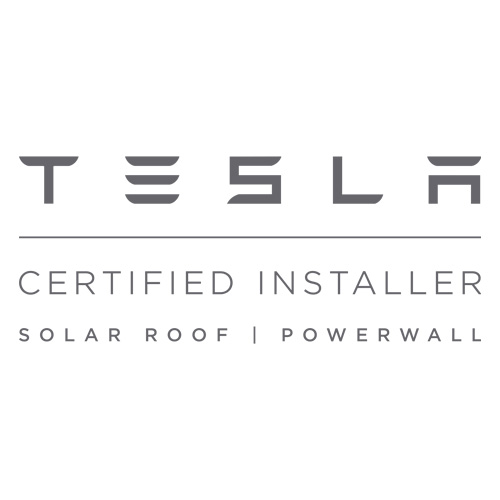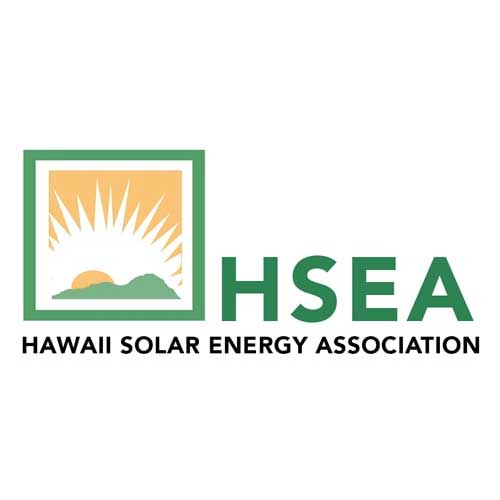Do Solar Panels Still Work If They're Cracked?
In this blog post, we’re going to explore the question of whether or not solar panels still work if they’re cracked. In particular, we’ll be looking at how solar panels work, what causes them to crack, and how much they cost in Hawaii. We’ll also provide tips on getting solar panel quotes in Hawaii, as well as advice on solar panel maintenance. So whether you’re looking to switch to solar energy or just want to know more about solar panels, this blog post is for you.
1. Do Solar Panels Still Work If They’re Cracked?
As you might have guessed, solar panels work by converting sunlight into electrical energy. However, a crack in the panel does not affect this process. In fact, a cracked panel can actually reduce the amount of electricity that is produced. This is because a cracked panel can allow less light to pass through it and reach the cells inside the panel.
If your solar panel is cracked, you should have it replaced as soon as possible to ensure optimum production. Solar panels typically have a warranty, so if your panel is still under warranty, you may be able to get it replaced for free. If your solar panels are not under warranty, then you may be able to find a discount on replacement panels if you purchase them in bulk. Either way, it’s important to get cracking on replacing your old solar panels as soon as possible!
2. How Do Solar Panels Work?
When it comes to solar panels, many people are worried about the potential damage that could be done if they crack. After all, these panels are meant to collect energy from the sun and convert it into electricity. However, cracks in solar panels don’t have to mean doom and gloom for your energy production. In fact, solar panels can still function normally even if they’ve got a few cracks here and there.
The reason cracks happen is due to temperature changes or physical damage. Solar panels can become brittle under extreme conditions like high temperatures or heavy rainfall. This makes them more likely to break apart due to physical forces rather than just temperature fluctuations.
Despite a cracked panel’s appearance, it’s still capable of collecting sunlight and converting that into electricity! Solar panels typically last for around 20 years before they need to be replaced, so you won’t have any trouble replacing them even if they do suffer from occasional cracking. Silicon is a very abundant material on Earth’s crust – meaning there is plenty of silicon available for manufacturing new solar panels when needed!
3. What Causes Solar Panels To Crack?
It’s no secret that solar panels are one of the most popular renewable energy sources out there. Solar panels convert sunlight into electricity, and they’re becoming increasingly popular as the cost of solar energy continues to drop. However, like any other piece of equipment, solar panels can break down over time. In this article, we’ll discuss what causes solar panels to crack, and we’ll provide some tips on how to avoid this problem.
Solar panels are made of glass, and like any other material, glass can break. Most breaks in solar panels occur during the installation process – when the installer is putting the solar panel on the roof or into the wall. However, once installed, solar panels are generally durable and can withstand hailstorms, high winds, and other harsh weather conditions. It’s not common for a solar panel to crack due to manufacturing defects – only about 2% of all solar panel installations experience a manufacturing defect that causes a crack in the glass pane. However, if a solar panel does crack due to a manufacturing defect it will no longer be able to generate electricity and must be replaced.
Cracked solar panels can be replaced but it is a costly repair – typically costing around $2 per watt of installed capacity (though prices vary depending on location). So while cracked Solar Panels do still exist (they’re just less common than they used to be), they’re not typically an issue that you’ll need to worry about on a regular basis.
4. How Much Do Solar Panels Cost In Hawaii?
The cost of solar panels in Hawaii can vary greatly depending on a variety of factors. While the initial cost to install solar panels in the state can be relatively expensive compared to other states, the long-term benefits often outweigh the upfront costs. Solar energy has become increasingly popular in Hawaii due to its abundant sunshine and potential for long-term savings. Here is what you need to know about how much solar panels cost in Hawaii.
When considering the cost of installing solar panels in Hawaii, it’s important to understand that there are many different factors that will play into the overall price tag. One of these is the size of your system – larger systems typically require larger upfront investments, but they also provide more energy output over time. Additionally, your choice of installation materials can also affect pricing; some materials are more expensive than others and could bump up your overall installation costs. Finally, local incentives and tax credits could also influence your solar panel installation costs, as these programs often provide additional financial support for residents who choose to go solar.
Hawaii has a wide range of average prices when it comes to solar installations – from the lowest being around $4 per watt (for systems 10 kW or smaller) up to $6 per watt for larger projects (20 kW or higher). This is slightly more expensive than some other states such as California and Arizona which have average prices closer to $3-$4 per watt for similar sized systems. However, Hawaiian residents who take advantage of state tax credits and other incentives may actually end up paying less than their counterparts out west!
Fortunately, despite higher upfront costs, Hawaiians who go solar stand to benefit significantly from long-term cost savings. By harnessing the power of their abundant sunshine and using clean energy instead of fossil fuels, Hawaiians can avoid skyrocketing electricity costs while still enjoying reliable electricity service throughout their homes or businesses. It’s estimated that Hawaiian households with sufficient sun exposure could see an average savings of around $1,000 each year when they switch over to solar energy!
In addition to potential cost savings, going green by using renewable sources such as solar can also benefit both individuals and communities environmentally; decreased reliance on fossil fuels means fewer greenhouse gas emissions which helps reduce our impact on the planet’s climate stability. Many Hawaiian counties are actively encouraging residents to make the switch too – offering additional rebates and incentives designed specifically for those making energy efficient upgrades like installing rooftop photovoltaic systems (PV).
5. Solar Panel Maintenance In Hawaii
If you’re living in Hawaii, you know that the sun sure shines a lot there! That’s why it’s so important to take advantage of solar panels – they help us save on our energy bills. However, like anything else, solar panels need to be maintained in order to function at their best. This means that cracked solar panels should be inspected by a professional and may require replacing if the crack is large enough.
Even if your solar panel is cracked, it’s still able to produce electricity. The key thing is to have it inspected by a professional and make sure that any cracks are fixed so that the panel can continue producing electricity as normal. There are a number of ways to clean solar panels – use one or more of these methods depending on the situation: water, vinegar, Dawn dish soap, or even oven cleaning spray. Solar panels can last for many years with proper care and maintenance – make sure you’re taking advantage of your warranty coverage!
In Short
When all is said and done though, solar panels do still work even when they’re cracked – but only up until a point where their structural integrity has been totally compromised by ongoing damages over time (or some kind of sudden catastrophic event). At that point, replacement cells should absolutely be installed in order to reap maximum efficiency from your system once again – plus keep everyone around safe from serious physical harm too!









